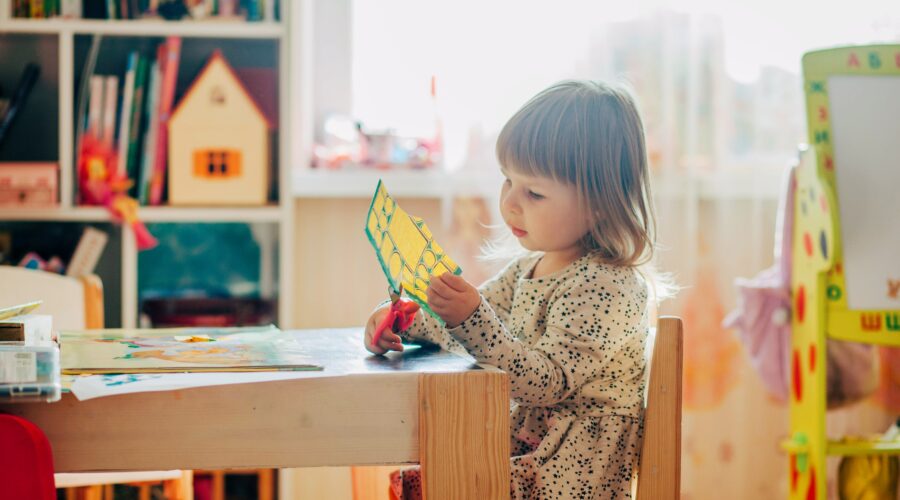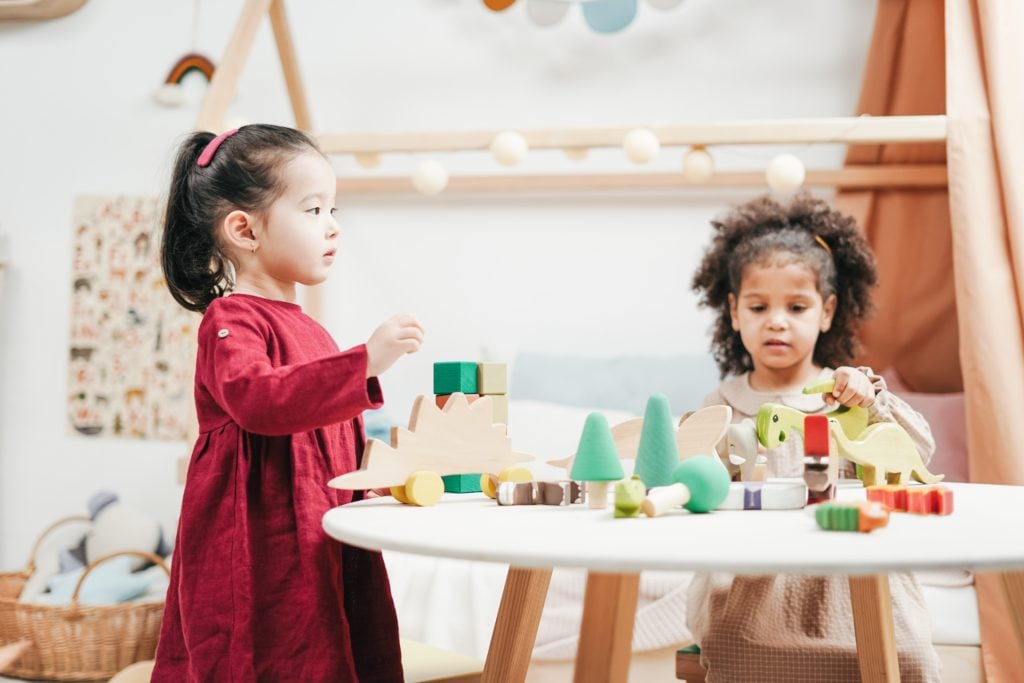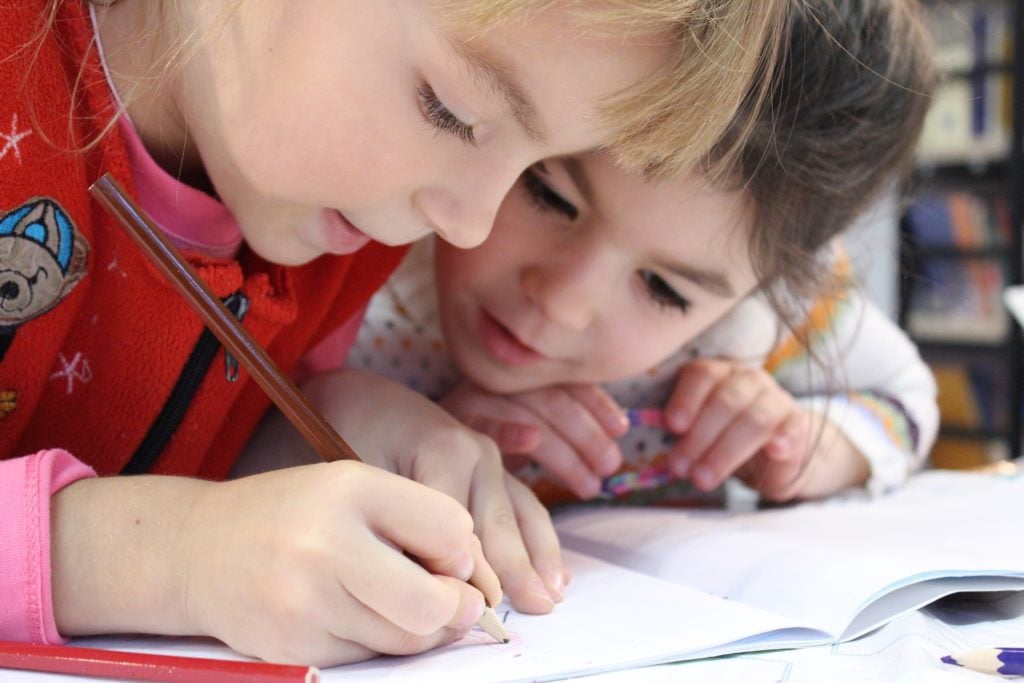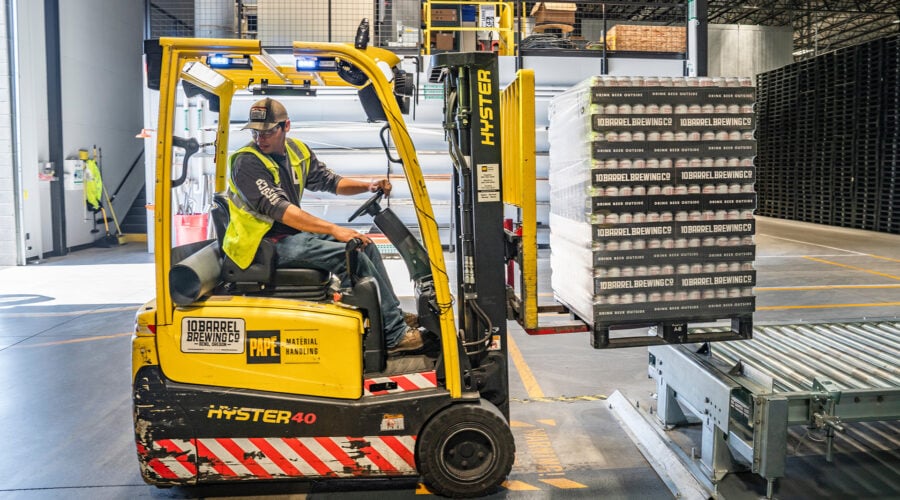
When you operate a day care, the health and safety of the children you care for is your #1 priority. Parents put their trust in you, to provide their child with a safe and secure space to learn and grow, while they are at work.
Childcare comes with a lot of responsibility and that should not be taken lightly! That’s why we are sharing some of the most common risks that daycares face, so you can be more aware of them. Our goal is to help make sure that you have the tools to manage your organization’s risks properly in each of these areas.
The most common risks for daycares:
Toys
Unsafe toys are a recipe for disaster at your childcare facility and can be extremely dangerous! Here are some tips to help avoid accidents with toys:
- Inspect toys regularly to make sure that there are in good shape and are safe to be played with. Broken or damaged toys should be disposed of immediately, as they can be a choking hazard.
- Ensure that toys are age appropriate for the children using them.
- Store toys properly to prevent avoidable accidents and injuries.
- Be aware of recalls. Sometimes even wildly popular toys are recalled due to safety issues.

Furniture and shelving
- It’s a good idea to secure heavy furniture to the walls so that it can’t tip over and injure a child.
- Avoid furnishing your day care with items that have pointed or sharp corners. Rounded corners are safest when small children are present.
- If you have a television in an area where you care for children, it’s better to have the TV mounted to the wall, instead of sitting on a TV stand where it could potentially be knocked over.
Restricted areas
- Toxic substances like cleaning supplies or even prescription medicines should be securely stored in a restricted area such as a locked closet or a cabinet. Keep these items far out of the reach of a child.
- Be sure to restrict access to the kitchen to prevent accidents happening with knives or appliances.
- Restrict areas where a lot water is present (i.e. bathtub) to avoid accidental drowning.
- Use gates to block off areas where children could potentially fall a become injured (i.e. staircase).

Windows and doors
- If you have sliding windows and doors, make sure they only open to a maximum of 3.5” to avoid children either getting stuck, or leaving the building and becoming unsupervised.
- Avoid putting up blinds with cords. The cords can cause a risk of strangulation.
- Make glass doors more visible to children to prevent them from running into the door and getting injured.
- Install pinch prevention hardware on doors to prevent any pinched fingers.
Electrical Components
- All unused outlets that are within a child’s reach should either be tamper resistant or have safety coves over them to prevent electrical shocks.
- For outlets that are in use and within a child’s reach, make sure to block off the area as best you can to avoid kids getting to the actual outlet where they could pull on the cords and potentially hurt themselves.

There are other risks to consider when operating a day care or childcare facility, but these are some of the most common ones to be aware of! There are easy and relatively inexpensive things you can do to make sure that your space is a safe and fun environment for kids to spend time in. By managing these risks, you can also give parents the peace of mind that their children are safe and protected when they are at your day care!
For more risk management tips, visit our blog. We offer many high-quality insurance coverages for childcare organizations. To learn more about what we have to offer visit our Childcare page! If you are interested in an insurance quote for your childcare facility, you can get a quote on our website.
Further Reading

5 Years as Certified Risk Manager
One of our sales agents, Daryl Henry was recently honored by Certified Risk Managers (CRM) for leadership and professionalism in the field of risk...

Understanding Workers’ Compensation Insurance
As a small business owner, a director of a non-profit organization, or a ministry leader, it is important to have an understanding of Workers'...
